
BME Tissue Engineering & Biomaterials
Cornell biomedical engineers design biomaterial platforms to recreate tissues for functional replacement therapies, as models of normal and diseased states for basic research, and for use in drug testing.
Well-controlled and biocompatible biomaterials are also needed for selective delivery of therapeutic and imaging contrast agents as well as for gene therapy approaches. Critical to the success of Cornell’s tissue engineering and biomaterials efforts is the integration of multidisciplinary expertise in materials science, cell biology, biochemistry, and biomechanics. Center facilities supporting this research include: the Cornell Center for Materials Research, Cornell NanoScale Science and Technology Facility, the Nanobiotechnology Center, and the NIH-funded Physical Sciences Oncology Center (Center on the Physics of Cancer Metabolism). Many projects are joint with faculty at Weill Cornell Medicine.
Faculty research interests
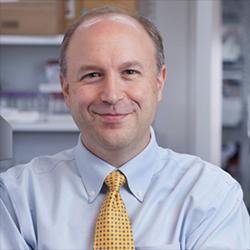
Lawrence Bonassar
Lawrence Bonassar’s lab focuses on the development of anatomically shaped cartilage for applications in musculoskeletal repair. Researchers in the lab use medical imaging data combined with 3D tissue printing and molding technology to generate engineered tissues for replacement of articular and auricular cartilage,
meniscus, and intervertebral disc, as well as use mechanical conditioning in bioreactors to guide the development of desired microstructure in engineered tissues.
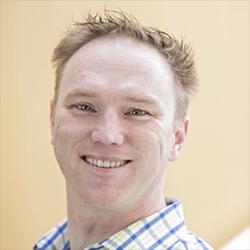
Jonathan Butcher
Jonathan Butcher’s lab creates and uses living 3D culture models of heart valve physiology and disease. He employs engineering principles from developmental biology to drive the differentiation of stem/progenitor cells towards mature cardiac and valvular phenotypes. Dr. Butcher has also pioneered the use of 3D tissue printing to fabricate living heterogeneous soft tissues. He combines tunable, 3D printable hydrogel inks and novel deposition algorithms for precision design and fabrication of patient-specific heterogeneous clinically sized grafts.
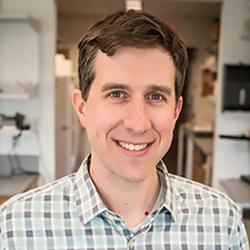
Ben Cosgrove
Ben Cosgrove’s lab studies how muscle stem cells interpret and process microenvironmental information through signaling networks that govern their cell fate during tissue maintenance and repair. Inspired by these regulatory insights, his lab develops self-assembled and microfabricated biomaterials to engineered muscle-mimetic tissues and enhance muscle stem cell transplantation therapies.
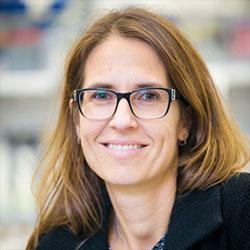
Claudia Fischbach
Claudia Fischbach’s lab studies the effect of microenvironmental conditions on the prognosis and treatment of cancer patients. Her lab combines biomaterials, tissue engineering, and microfabrication strategies to develop pathologically relevant culture models for analysis of tumor-mediated angiogenesis, stroma remodeling, and bone metastasis.
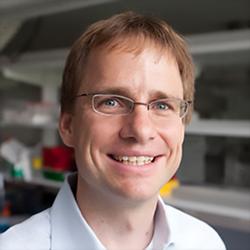
Jan Lammerding
Jan Lammerding’s lab is using a combination of microfabrication, tissue-engineering, decellularization, and stem cell biology to create in vitro models of skeletal and cardiac muscle, with the goal to elucidate how mutations in nuclear envelope proteins such as lamin A/C and emerin cause muscular dystrophies and heart disease.
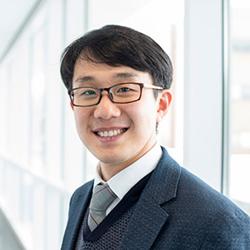
Esak (Isaac) Lee
Esak (Isaac) Lee’s lab creates tissue engineered vessels-on-chip platforms that recapitulate lymphatic and blood vascular structure and function to ultimately use the platforms for tissue regeneration. Blood perfusion is important for implanting large-scale tissue constructs and lymphatic drainage is another key factor in tissue fluid homeostasis. Dr. Lee hypothesizes that adding lymphatics to the pre-vascularized in vivo patch may improve tissue function.
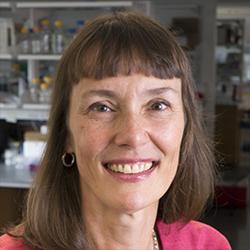
Marjolein van der Meulen
Marjolein van der Meulen’s research focuses on musculoskeletal mechanobiology and tissue mechanics. Her laboratory studies adaptation to mechanical loading during development, maintenance, disease and repair of bone and other musculoskeletal tissues. Her lab is also interested in the determinants of whole bone strength and skeletal load-bearing function based on microscale tissue properties. Experiments in her laboratory combine in vivo models with in vitro testing, imaging and computational simulations.

Yadong Wang
Yadong Wang’s group focuses on creating biomaterials that will solve key challenges in the cardiovascular, nervous and musculoskeletal systems. His team enjoys collaboration with others who share the same passion for translational research.
BME Graduate Field Faculty in Tissue Engineering & Biomaterials
Susan Daniel, sd386@cornell.edu
Lara Estroff, lae37@cornell.edu
Brian Kirby, bk88@cornell.edu
Dan Luo, dl79@cornell.edu
Minglin Ma, mm826@cornell.edu
Suzanne Maher, mahers@hss.edu
Alexander Nikitin, an58@cornell.edu
Chris Ober, cko3@cornell.edu
Matthew Paszek, mjp31@cornell.edu
Robert E. Schwartz, res2025@med.cornell.edu
Ulrich Wiesner, ubw1@cornell.edu
Timothy Wright, wrightt@hss.edu
Rong Yang, ryang@cornell.edu

